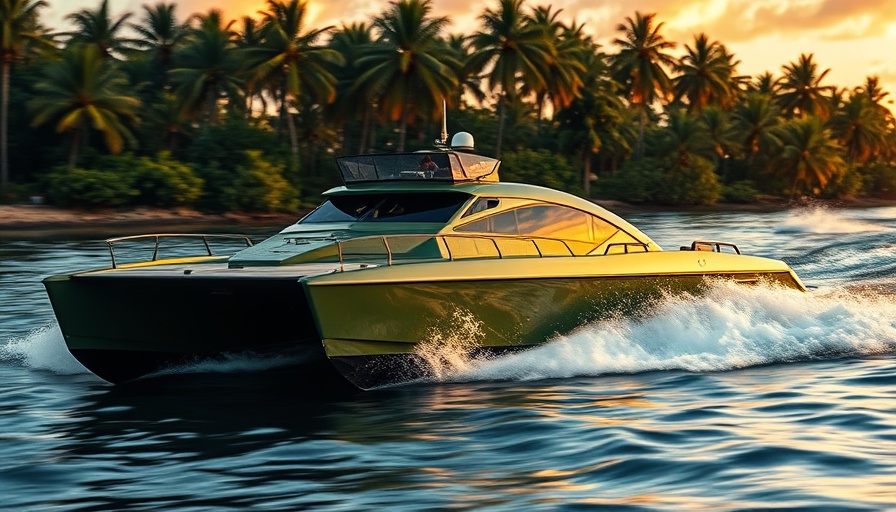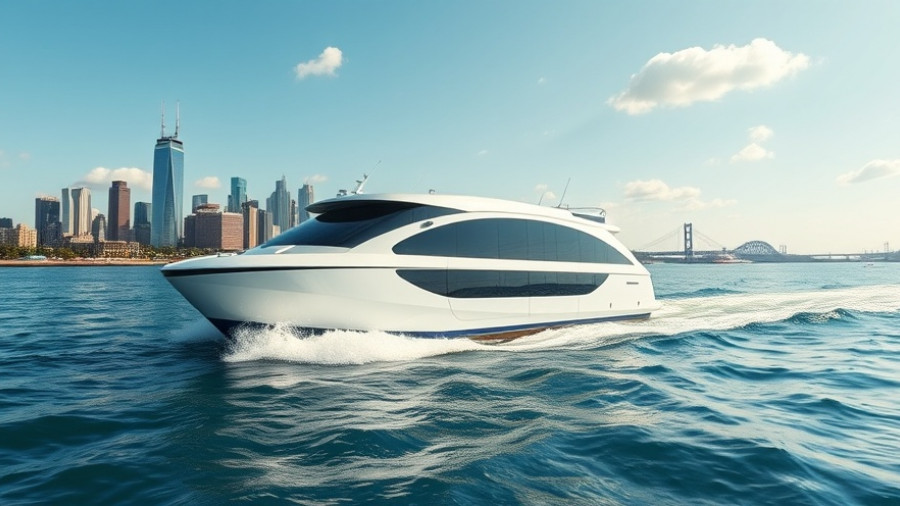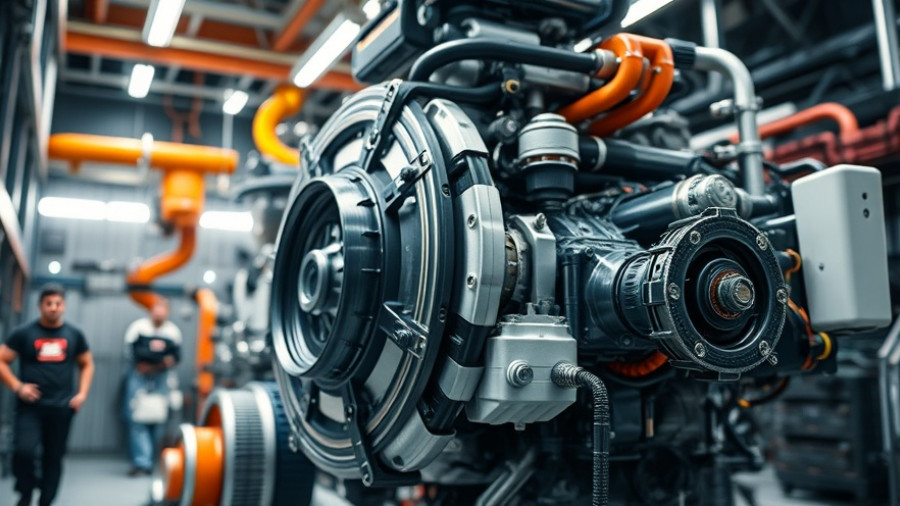
The Aircat Bobcat: Revolutionizing Littoral Operations
At the recent AUSA Week event in Washington, D.C., Eureka Naval Craft introduced its latest innovation, the Aircat Bobcat—an ultra-high-speed 57-foot catamaran landing craft set to transform how the military engages in littoral operations. This vessel promises to enhance the rapid movement of personnel and supplies into areas where traditional ports and infrastructure may be limited.
Engineering Marvel with Versatile Capabilities
The Bobcat stands out with its impressive specifications. Capable of carrying up to 10 tons of cargo or 36 troops concurrently, it achieves a top speed of 50 knots and has a range of 350 nautical miles at an average cruising speed of 38 knots. These capabilities make it an essential asset for Army and Marine Corps expeditionary operations, effectively filling the role of the 'pickup truck' of maritime logistics.
According to Bo Jardine, CEO of Eureka Naval Craft, the design and technology behind the Bobcat support high-tempo forward operations, which include rapid ship-to-shore and island-to-island operations. The craft's open-top deck is functional for transporting outsized deliveries, while its modular design allows adjustments for various mission requirements, including military logistics and humanitarian assistance.
Cost-Effective Solutions with Rapid Production
Another selling point of the Bobcat lies in its production capabilities. The vessel can be manufactured swiftly and affordably in collaboration with multiple Tier 2 and Tier 3 U.S. shipyards. Companies like Bordelon Marine and Shoreline Offshore are among those set to produce the Bobcat, emphasizing the craft's potential for swift deployment in critical missions.
Advanced Safety Features for Contested Environments
In addition to its load and speed advantages, the Bobcat is equipped with a low-profile design that reduces its visual signature—a critical feature for operations in contested littoral areas. Richard Byno, EVP of Defense at Eureka Naval Craft, emphasized that the craft can be outfitted with various self-defense mechanisms, including a remote weapon station and compact counter-UAS systems to ensure safety during operations.
Modular armor can also be added to the craft as necessary, enhancing its resilience against potential threats. These features collectively bolster the Bobcat’s viability as a multi-role vessel for both defense and humanitarian missions.
The Future of Maritime Operations
The introduction of the Bobcat reflects a significant advancement in naval craft technology, blending high-speed capabilities with multifunctional uses. As military operations become more complex and diverse, the role of versatile vessels like the Bobcat is expected to expand. Its design supports fast-paced operations, ensuring military forces can maintain a sustained presence even in challenging environments. This level of adaptability is crucial for modern warfare dynamics.
In conclusion, the Aircat Bobcat is not just a remarkable feat of engineering, but it represents a forward-thinking approach to maritime defense and logistics. With increasing demand for agile and effective operational solutions, the Bobcat is positioned to become an integral part of the U.S. military’s future strategies in expeditionary operations.
 Add Row
Add Row  Add
Add 




Write A Comment